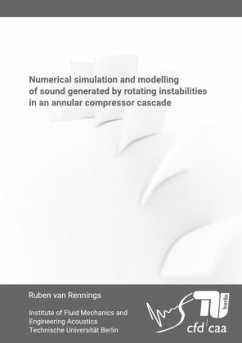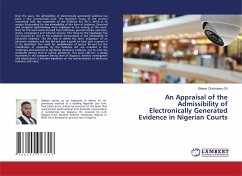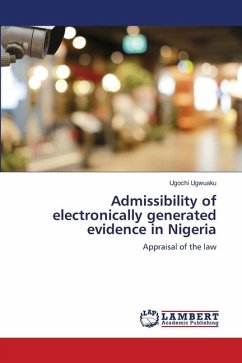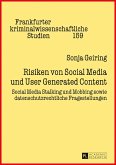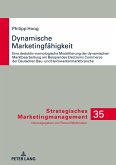This work addresses the phenomenon of rotating instability (RI), which is known to occur in turbomachines of axial and radial types. In axial compressors, RI typically occurs in the vicinity of the stability line. Without occurrence of RI, high efficiencies would be achieved there. The emergence of RI is accompanied by an increase in acoustic emissions, a decrease in efficiency and high amplitude pressure fluctuations, which feature a characteristic structure. Under unfavorable conditions these pressure fluctuations may cause blade vibrations and lead to mechanical failure due to high cycle fatigue. In order to prevent inception of RI and thus to utilise the high efficiencies of the compressor system, detailed knowledge of the flow phenomenon is necessary. A large number of descriptions and interpretations of RI characteristics are found in literature.After a brief introduction to theoretical aspects of axial compressor systems and flow phenomena occurring therein the fundamentals of CFD are described. Details of application of CFD to the flow through the annular compressor cascade are followed by validation of RI occurrence within the flow simulation. A hypothesis on the originating mechanism of the characteristic pressure fluctuations of RI is then formulated based on detailed analyses of simulation data. The identified flow configuration is modelled by fundamental solutions from potential theory. From the temporal integration of the modelled flow states a fluid flow dynamic develops, which is very similar to that related to RI. Pressure and velocity fluctuations calculated by the model fulfil all criteria typically applied to measured or simulated data in order to detect occurrence of RI. In this way, the hypothesis on the causing mechanism of pressure fluctuations characteristic to RI is proved and thus provides another keystone for understanding the complex flow phenomenon of rotating instability.

